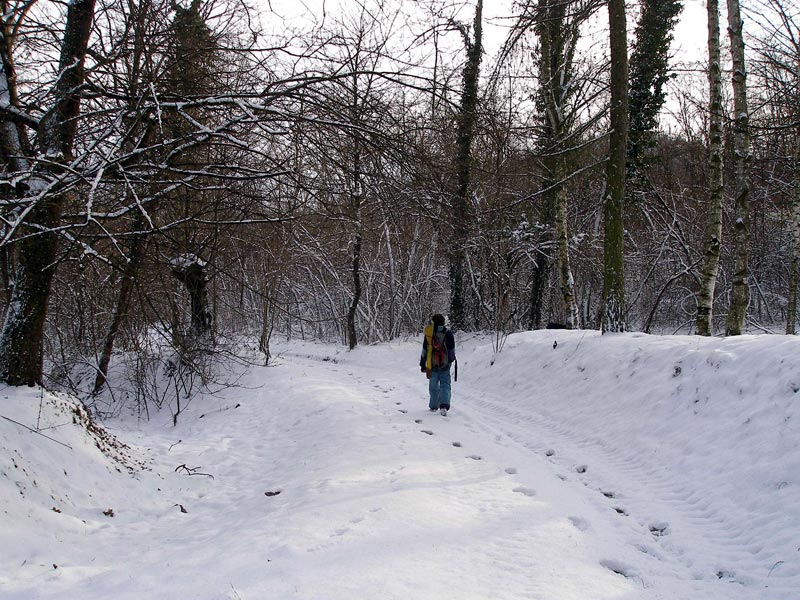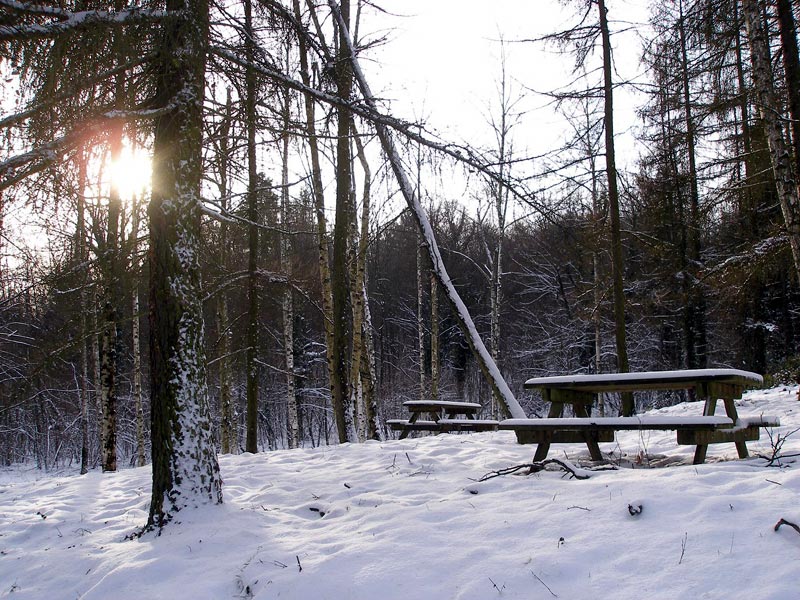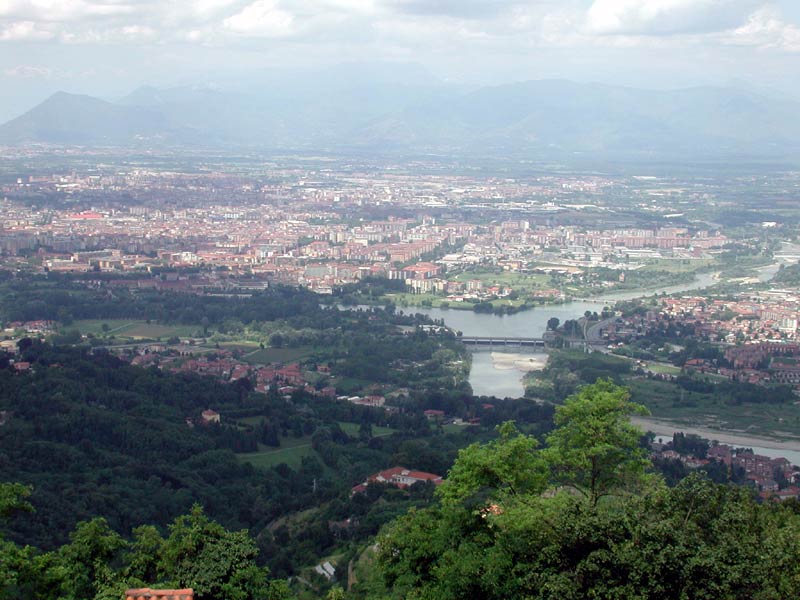Protected Areas
Identity Cards
- Regions: Piemonte
- Provinces: Torino
- Park Authority: Ente di gestione delle Aree Protette della Collina Torinese
Collina Torinese Park
Collina Torinese Park was established in 1991 to meet the needs to safeguard and enhance a well-preserved territory of great naturalistic, architectural, and landscape interest. The Park covers an area of about 750 ha mainly covered with woodlands in Bandissero, Pino, Torino, and S.Mauro. Such areas are now preserved by Ente di Gestione delle Aree Protette della Collina Torinese, whose offices are in Castagneto Po.
Further information (Italian text)
Bosco del Vaj
(Special Nature Reserve)
The establishment of this Nature Reserve is mainly due to the presence of several specimens of beech trees within the characteristic chestnut tree and oak woods: the beech tree is a characteristic species of a mountain environment which found shelter on Collina Torinese during the last glaciations, and therefore is considered a "glacial relict". Different environments characterized by a very rich flora coexist: mountain species alternate with a Mediterranean flora which "migrated" here from the near Ligurian coast during the interglacial periods. Among the rarest species there are the turk's cap-lily, the spurge laurel, and different species of orchids. An important aspect of the Reserve is the management of the woods, which is based on naturalistic sylviculture; as a matter of fact, the traditional cuttings would have led to the disappearance of the beech tree in a short time. The fauna of the Reserve is not very different from the one typical of the hills of Piemonte: among the mammals there are foxes, badgers, stone martens, weasels, hedgehogs, and squirrels; among the birds, the buzzard, the sparrow hawk, the tawny owl, the little owl, the green woodpecker, the great spotted woodpecker, the hoopoe, the cirl bunting, and several species of passerines. The hilly environment is characterized by the so-called "Bric", with steep slopes on the side of the Po Plain, where there is the Bosco del Vaj, and with much gentler slopes on the southern side. The presence of soft rocks, not very compact and easily subject to erosion (sandstone in the lower part and marl in the upper one) is the main cause of the several landslides involving the area. Since the 18th century naturalists have been finding several fossils, finds, and tracks of vegetable and animal organisms which lived in past epochs and have been preserved in the rocky strata originating from marine deposits.
Collina di Superga
(Nature Park)
The main aim of the establishment of Parco di Superga is to safeguard a territory of great interest for its well-preserved environmental and architectonic features and landscape, despite its proximity to the town of Torino. The morphological variety of the hills and their position allow the presence of a very rich and interesting flora, with microtherm species (beech tree, Scotch pine, mountain ash, bilberry) alternating with Mediterranean species (manna ash, service tree, butcher's broom, burning bush). The most widespread woods are those mixed with broadleaf trees, mainly with oaks and chestnut trees, which were widely cultivated up to a few decades ago for their timber and fruit; on the contrary, along the Panoramic Road of the Hills (Strada Panoramica dei Colli) there are exotic plants, mainly conifers, which have been introduced in the last decades with reforestation and ornamental aims. In the cultivated fields and in the abandoned vineyards, but also within the broadleaf tree woods, the locust tree has almost replaced the autochthonous plants growing on the hills. The Park marginal area is characterized by the presence of intensive cultivation, while the landscape is dominated by the presence of the monumental complex of the Superga Basilica, a work of art of the Baroque architecture by F. Juvarra. As far as the fauna is concerned, the situation is very similar to the one of Bosco del Vaj; however, here we must consider the presence of an ungulate which is expanding: the wild boar. From a geological point of view, the hills are made of sedimentary rocks (sandstone, conglomerates, and marl, often rich in fossils) which formed on the oceanic seabed about 40 million years ago, lifted as giant folders from tectonic pushes linked to the genesis of the Alpine chain.









